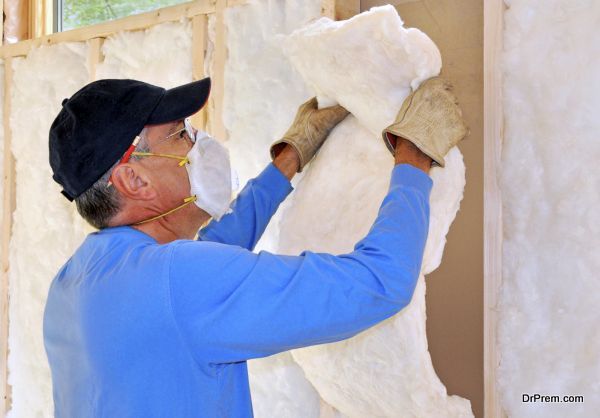Insulation is a basic process that enables a home to stay warm in winters and cold in summers naturally. This means you need not spend so much o electricity while cooling your homes in summers and making it warm in winters if your home supports proper insulation. You can select from a variety of green insulations to insulate your home and help you save your hard-earned money and to reduces the carbon footprint of your home.
Types of Green insulators to choose from
Here is a rundown of green insulators you can choose to give your home an ideal level of insulation:
Polyurethane Foam
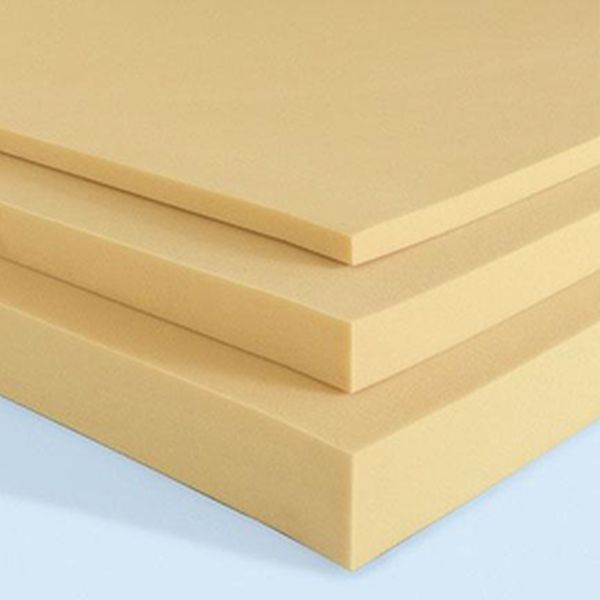
Polyurethane is a polymer if converted into foam becomes a green insulator that you can use to insulate your home. It has a very high level of heat resistance that makes it an ideal option to be used in the basement walls or in the attic. Usually it is made of petroleum but these days you get the ones made of soil or vegetable oil as well.
Mineral Wool
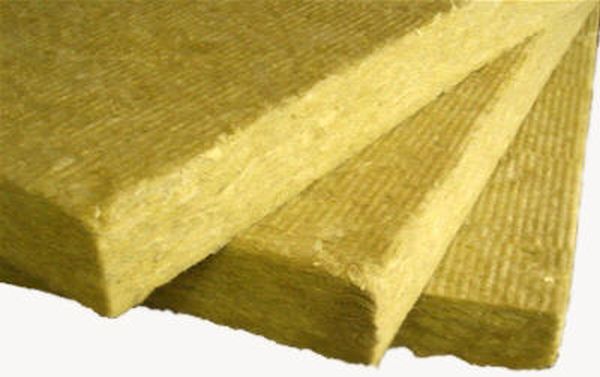
Strands of minerals make mineral wool that serves as a tough green insulation product. It is expensive than fiberglass and cellulose still is more famous owing to its durability. It is moisture resistant, can insulate even when wet, and can efficiently work under any weather condition.
Glass Wool
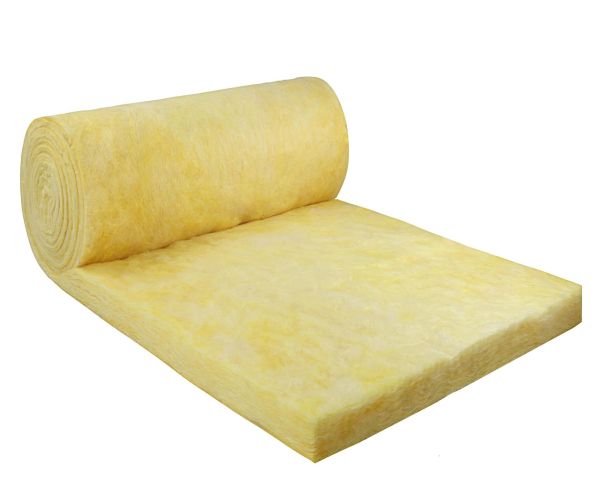
The most commonly used green insulation product in the modern times is glass wool. Glass and sand are heated until they melt and then the melted substance is spun to form fibers. It has tremendous heat-in and heat-out properties that benefit us well in winters and summers. It comes in huge rolls available at affordable prices. Besides good insulation properties, the glass wool has some superb acoustic qualities as well. Fire can do no harm to glass wool and neither insect can harm it in any way.
Sheep’s wool
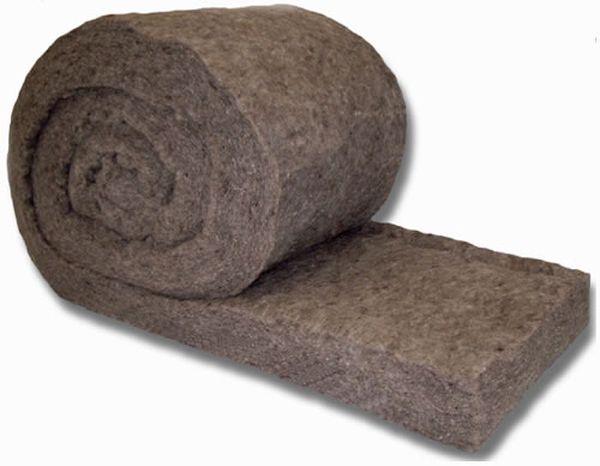
It is no surprise that sheep’s wool has some real insulating properties because we all know how much sheep wool is used to make clothes for its natural insulating properties. Heat cannot move across sheep’s wool fibers owing to those millions of tiny air pockets present between wool fibers that trap air.
A green insulation product is perfectly safe to touch because it would not cause you any sort of irritation. The only thing you are supposed to do before you employ sheep’s wool as an insulating product in your home is to treat it with some chemicals so that oil and dirt are removed and rodents repel.
Cotton

Cotton also makes a very good and effective green insulation product. Putting roles of cotton in the basement or attic provides natural insulation to perfection. One more thing that makes cotton such a good insulating product is the fact that it has no formaldehydesm, which means it is safe.
Cotton insulation has a variety of other advantages as well, as it is insect repellant, you treat it with boric acid it becomes fire resistant, and has a very high level of moisture absorption.
Icynene
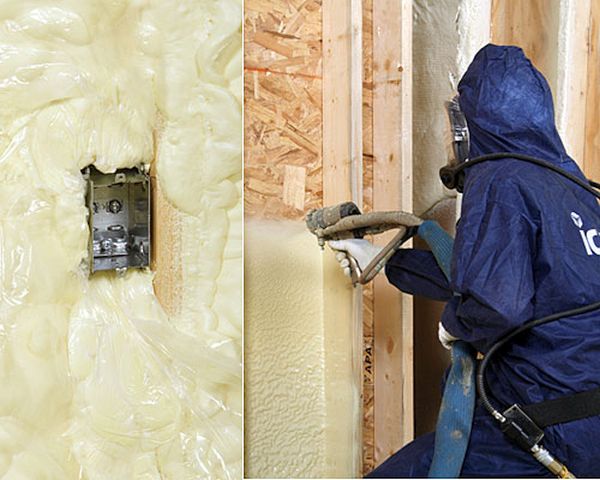
Icynene seems to be a very smart insulating agent that expands around 10 times its exact size and prevents air escape by trapping it. Not just, it traps air but moisture as well. You just have to fill this water-based solution into the cavities and it will make your home energy efficient by stopping the unnecessary inflow and outflow of air.
It holds back moisture and does not let it enter your home and destroy your stuff, and works as a great sound proofing product as well.
Proper insulation is a key to reduce your energy bills, as it helps keep home naturally warm in winters and cool in summers.


